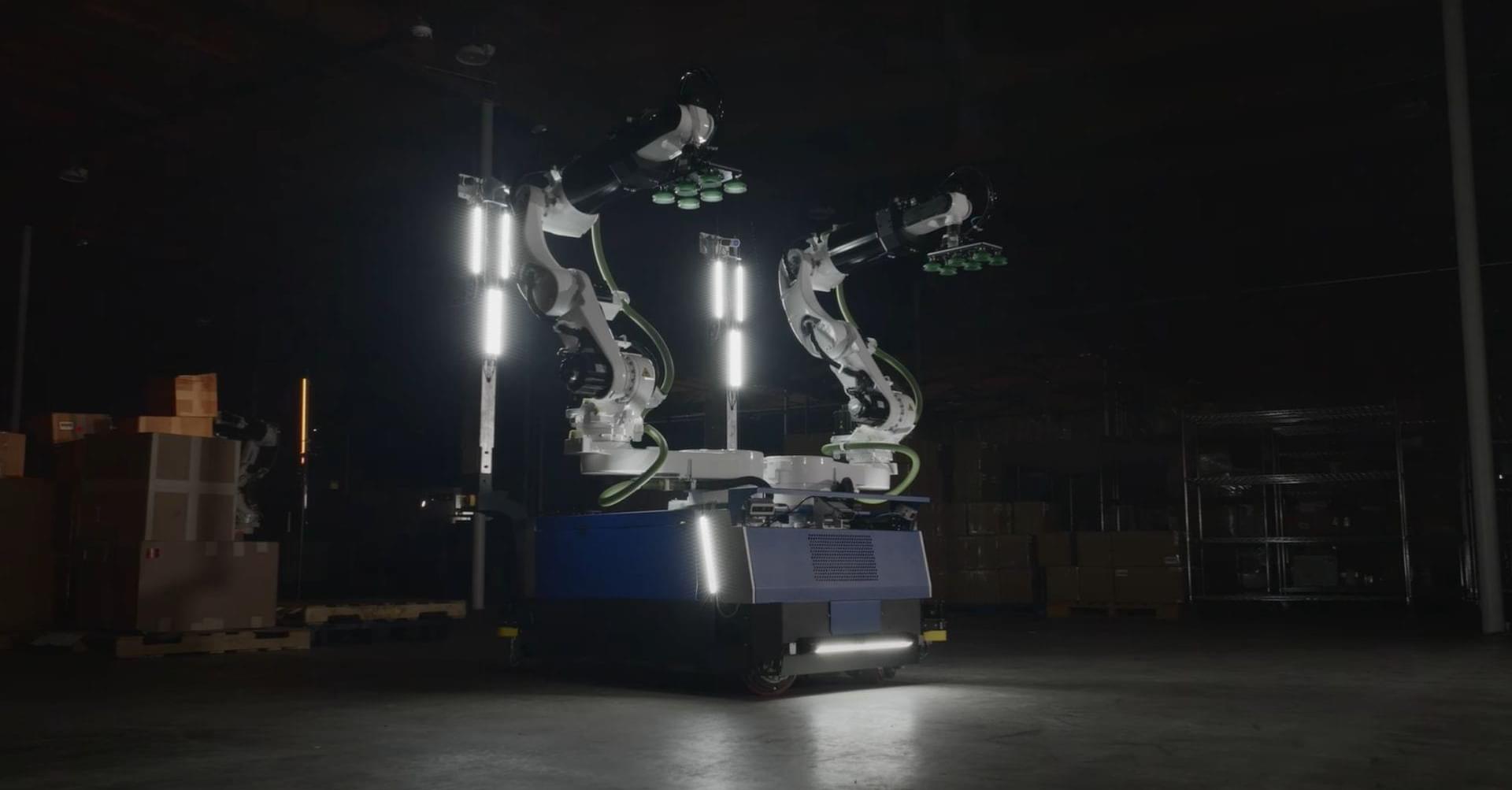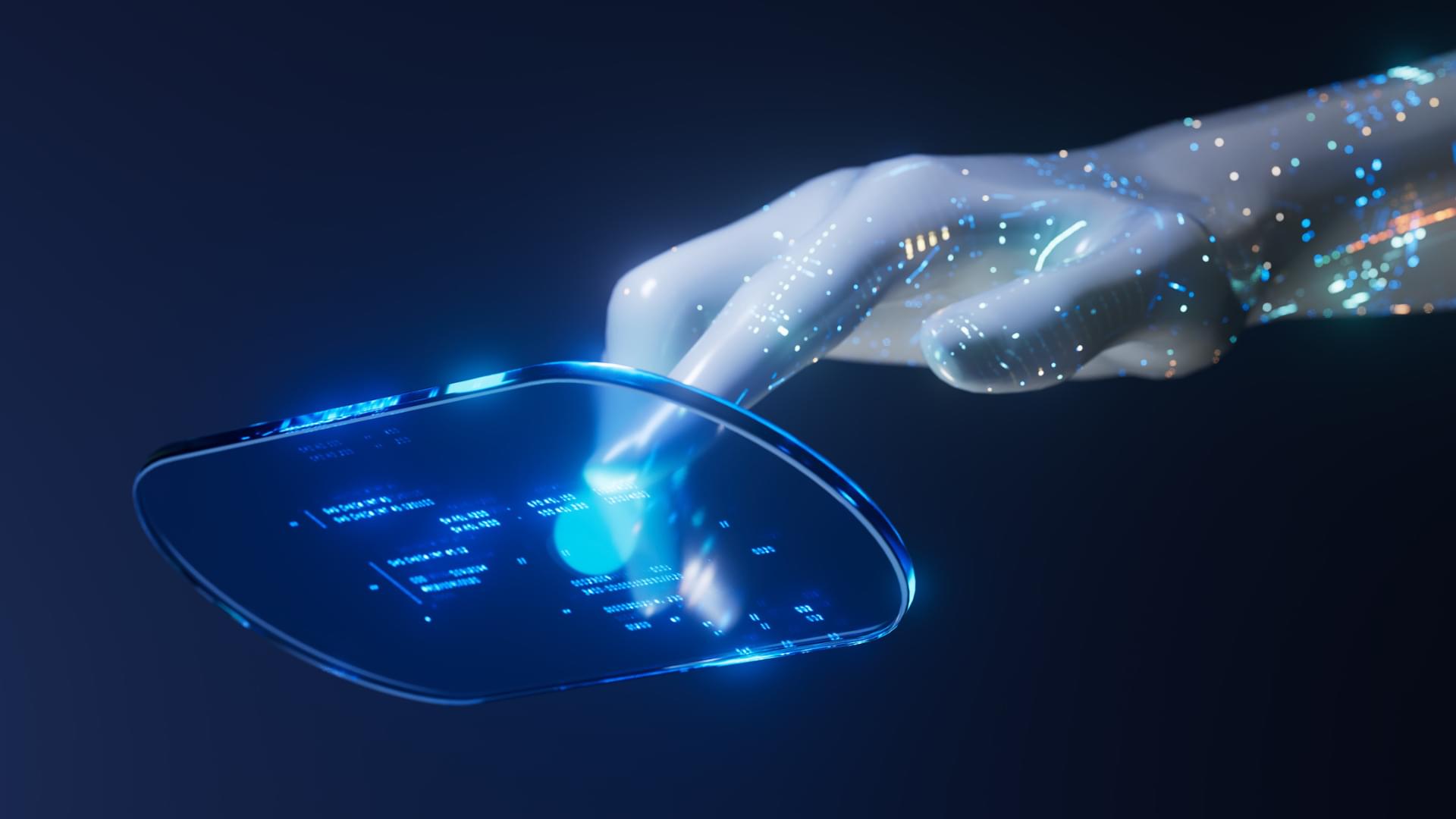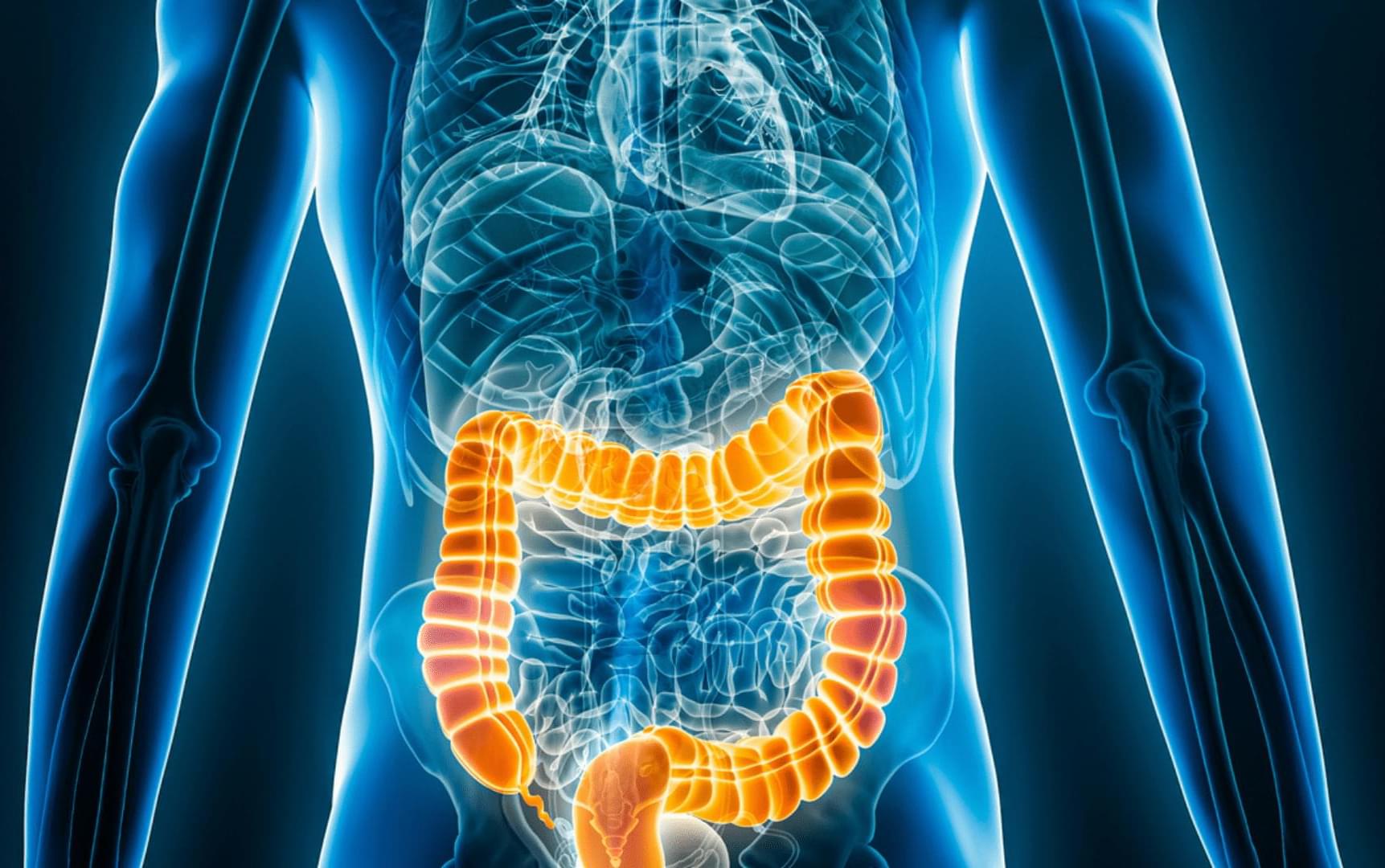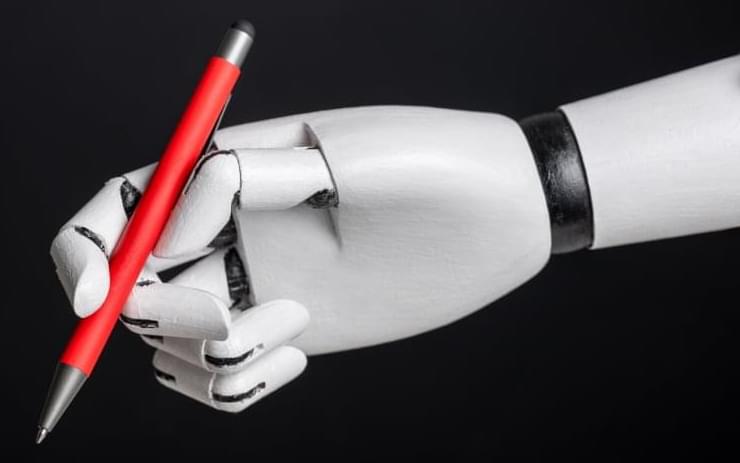
AI models from OpenAI, Google, DeepSeek, and others scored pathetically low on the second edition of the ARC-AGI benchmark, suggesting models still have a long way to go before achieving AGI.
]]>US firm Dexterity unveils Mech, a super-humanoid robot using Physical AI to handle industrial tasks, starting with truck loading.
]]>
The next time you’re due for a medical exam you may get a call from someone like Ana: a friendly voice that can help you prepare for your appointment and answer any pressing questions you might have.
With her calm, warm demeanor, Ana has been trained to put patients at ease — like many nurses across the U.S. But unlike them, she is also available to chat 24–7, in multiple languages, from Hindi to Haitian Creole.
That’s because Ana isn’t human, but an artificial intelligence program created by Hippocratic AI, one of a number of new companies offering ways to automate time-consuming tasks usually performed by nurses and medical assistants.
]]>Discover Manus, the world’s first fully autonomous AI agent that can perform complex tasks independently without human guidance.
]]>In IDB, macrophages, a type of immune cell begins producing excessive levels of pro-inflammatory cytokines. These proteins then stick to macrophage receptors which triggers them to produce even more of this inflammatory protein. But UC San Diego researchers can break that cycle with a microrobot.
In previous experiments, UC San Diego researchers delivered drugs with microrobots, most notably in the lungs, and succeeded in minimizing the drug’s side effects. For the IBD study, however, they didn’t even need to use a drug.
]]>
The U.S. DARPA has launched the USX-1 Defiant, a 240-metric-ton unmanned surface vessel (USV) designed for fully autonomous naval missions.
]]>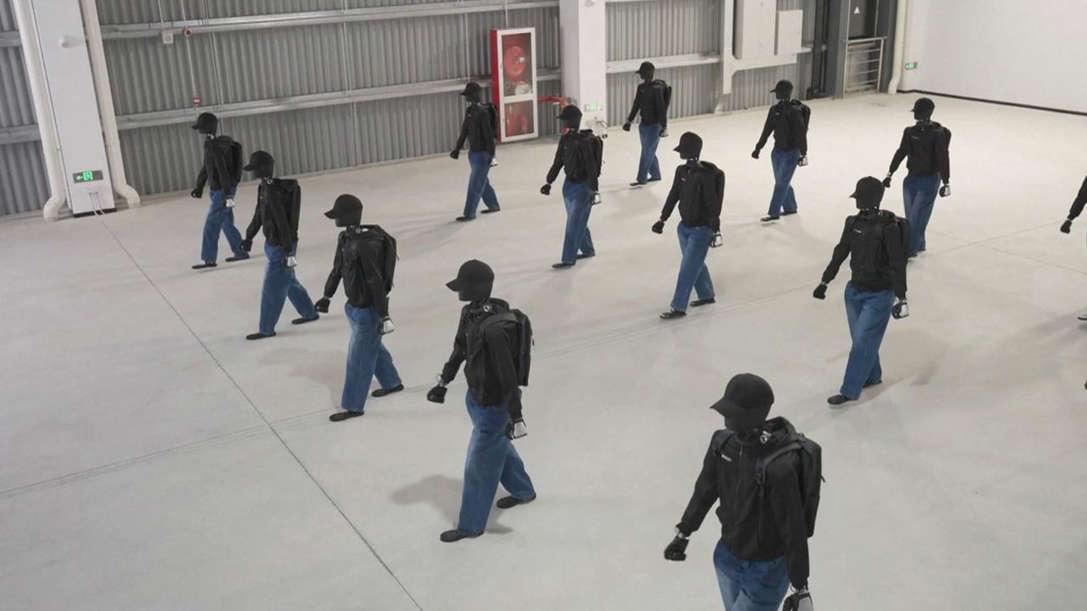
A robotic labor force.
Engineering companies in China have begun the process of starting full-scale mass production of humanoid robots in anticipation of a commercial boom in 2025. Companies such as Shanghai Zhiyuan Innovation Technology (AgiBot) and Shanghai Kepler Robot Company have already been testing the robots to optimize performance while reducing production costs.
]]>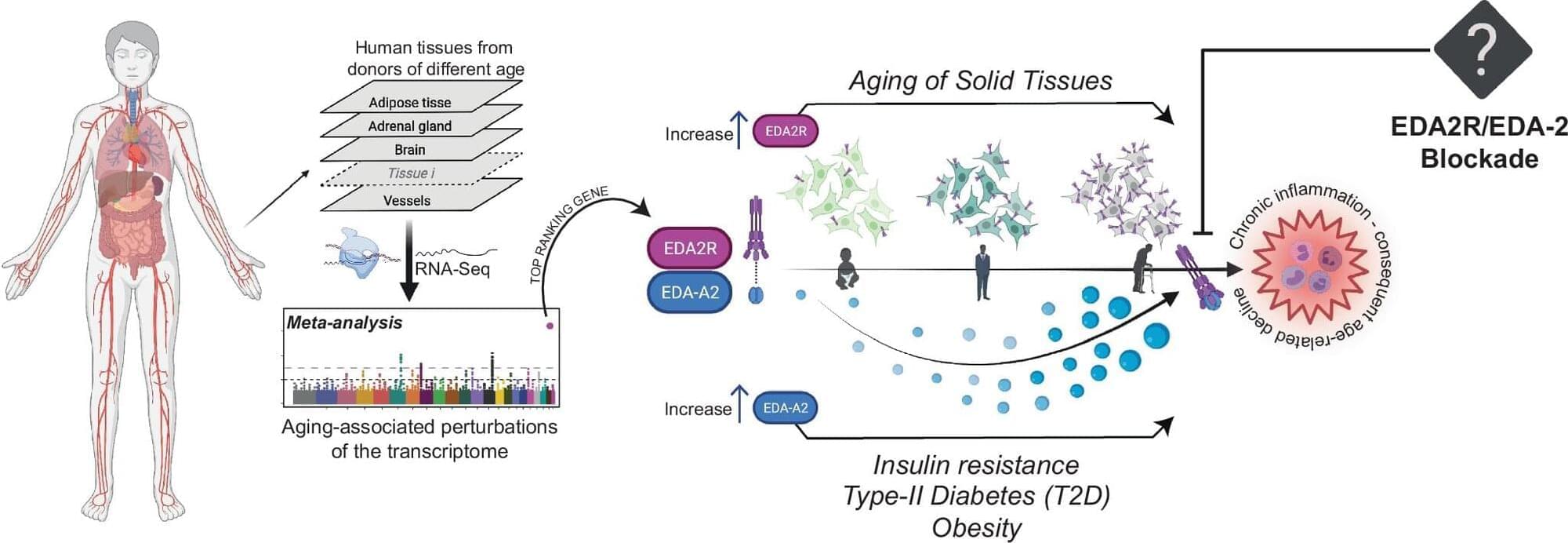
New therapies for managing aging could emerge from research into a new gene, which scientists have identified as a key driver of degeneration.
Age-related diseases are strongly linked to inflammation which, when chronic, albeit low-grade, contributes to conditions such as cardiovascular disease, diabetes, neurodegeneration, and sarcopenia, significantly impacting health and longevity.
In a study published in Nature Communications, Dr. Ildus Akhmetov, a geneticist at Liverpool John Moores University’s School of Sport and Exercise Sciences, along with colleagues from Italy, Switzerland, and the Netherlands, uncovered groundbreaking insights into the role of the Ectodysplasin A2 Receptor (EDA2R) in this process.
]]>
A groundbreaking cancer ‘vaccine’ developed by a Yale University scientist has reversed the disease in nine patients.
All patients enrolled in the study between March 2019 and September 2021 were free from kidney cancer at the three-year follow-up in July 2023, marking a major milestone.
The type of kidney cancer they had — stages three and four clear cell renal cell carcinoma (ccRCC) — kills between 85 and 90 percent of patents.
]]>
UT Dallas researchers have identified the cause of LiNiO₂ battery degradation and developed a structural reinforcement method that could enable its commercial use in longer-lasting lithium-ion batteries.
Lithium nickel oxide (LiNiO₂) is a promising material for next-generation lithium-ion batteries with longer lifespans. However, its commercialization has been hindered by degradation after repeated charging cycles.
Researchers at the University of Texas at Dallas have identified the cause of this breakdown and are testing a solution that could overcome a major obstacle to its widespread use. Their findings were recently published din the journal Advanced Energy Materials.
]]>